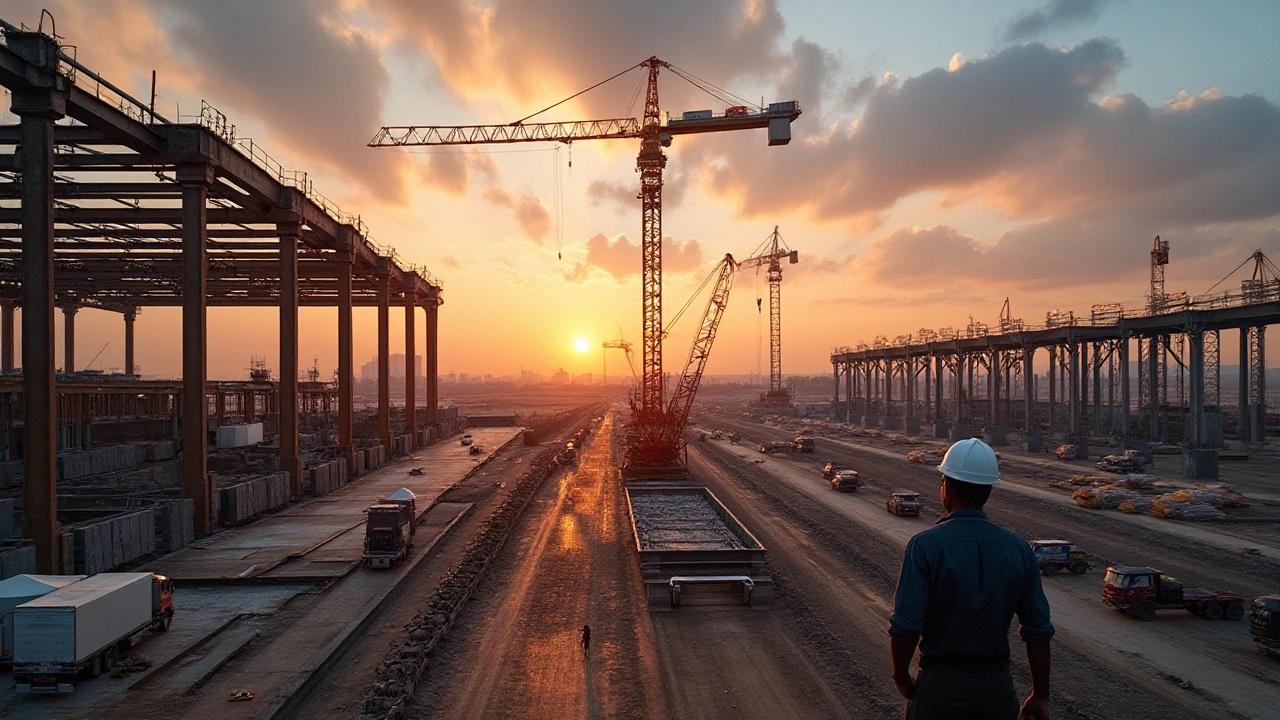Amazon Warehouses: How They Work and What You Need to Know
Ever wonder what goes on inside those massive Amazon warehouses that ship your orders overnight? In simple terms, they’re huge, automated spaces where products are received, stored, picked, packed, and sent out fast. If you’re a seller, a driver, or just curious about e‑commerce logistics, knowing the basics can save you time, money, and headaches.
Why Amazon Uses Its Own Warehouses
Amazon built its own fulfillment centers to control every step of the delivery chain. By owning the space, they can tighten the schedule, cut costs, and push features like Prime two‑day shipping. The warehouses are split into three main zones: inbound (where items arrive), storage (where shelves and robots hold the stock), and outbound (where pickers gather items for shipping). This flow is designed to keep the line moving 24/7.
One big advantage is the use of robots and conveyor belts. Small robots bring shelves to human pickers, which speeds up order preparation. The system also tracks each package with barcode scanners, so you can see exactly where your item is at any moment. That level of transparency is why sellers love FBA (Fulfillment by Amazon) and why drivers get clearer routes for last‑mile delivery.
Tips for Working With Amazon Warehouse Services
If you’re sending goods to an Amazon warehouse, label everything correctly. A misplaced label can cause delays or extra fees. Use Amazon’s shipping templates, double‑check dimensions, and choose the right pallet size if you’re sending bulk items. Speaking of pallets, yes—Amazon does use standard pallets for bulk shipments, and knowing the exact dimensions helps you avoid re‑packing costs.
For drivers, the key is understanding cut‑off times. Amazon sets strict pick‑up deadlines, and missing them can push your shipment to the next day. Keep an eye on the Amazon Driver app for real‑time updates on load assignments and route changes. If you’re applying to be an Amazon driver, meet the vehicle requirements and stay on top of the background checks; the process is straightforward but thorough.
Another tip: treat Amazon like any other 3PL (third‑party logistics provider) but remember they have their own rules. For example, they don’t accept hazardous materials in standard warehouses, and they have size limits for each item. Knowing these limits ahead of time means you won’t have to re‑ship or pay extra handling fees.
Finally, stay aware of warehouse stress points. During peak seasons—like holidays—order volumes spike, and even the best‑automated systems can get backed up. Keep communication open with your Amazon account manager, and be ready to adjust inventory levels or shipping schedules if you notice delays.
Bottom line: Amazon warehouses are a blend of high‑tech automation and human labor, all aimed at getting products to customers faster. By labeling correctly, respecting cut‑off times, and understanding the limits, you can make the most of Amazon’s logistics network, whether you’re a seller loading pallets or a driver making that final drop‑off.
